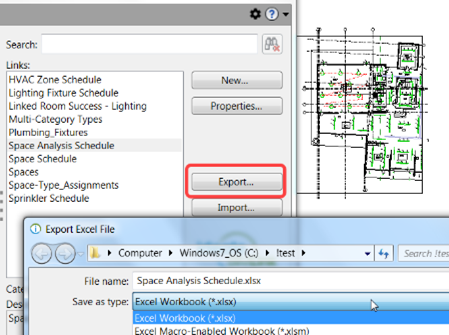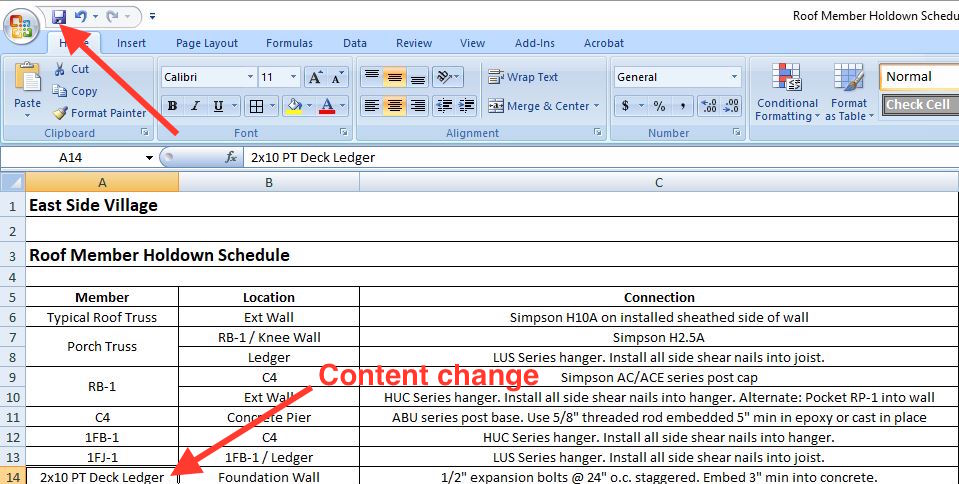Revit Tool to Equip Your Structure Information Modeling
Wiki Article
Mastering the Art of Information Combination: How to Seamlessly Import Excel Data Into Revit
In this write-up, we will certainly lead you via the procedure of grasping the art of data assimilation. Obtain ready to prepare your Excel data easily and follow our detailed overview to import documents right into Revit. With our best practices, you'll achieve information combination success in no time.Understanding the Importance of Information Assimilation in Revit
Understanding the significance of information integration in Revit is essential for smooth importing of Excel files. It allows you to successfully update and handle information throughout the whole task when you incorporate data from Excel into Revit. This assimilation makes sure that your design and building and construction procedure is current and exact.By integrating information, you can quickly import and upgrade criteria, schedules, and also geometry in Revit. This eliminates the demand for hand-operated data access, saving you time and minimizing the risk of errors. With Revit's data combination abilities, you can maintain consistency and accuracy in your task, while also enhancing partnership amongst employee.

Checking Out the Excel Data Layout for Revit Integration

In order to successfully incorporate Excel files right into Revit, it is important to guarantee that the information is formatted correctly. This consists of properly identifying columns and rows, as well as structuring the information in a way that works with Revit's data schema. Revit utilizes details specifications and categories to organize data, so it is necessary to line up the Excel information with these criteria to make certain a seamless combination.
Additionally, it is very important to keep in mind that Revit only sustains certain information kinds when importing from Excel. These include text, numbers, and days. Any other data kinds, such as formulas or conditional formatting, will not be acknowledged by Revit and may trigger concerns during the assimilation process.
Preparing Your Excel Data for Seamless Import Into Revit
To make sure a smooth integration procedure, you'll need to effectively style and label the columns and rows in your Excel data before importing my review here it right into Revit. Beginning by analyzing your Excel information and recognizing which rows and columns contain pertinent details for your Revit project.Next, ensure that the data in each column is effectively formatted. If you have a column for dimensions, make sure that all dimensions are constantly formatted in the very same systems of dimension. Revit relies upon constant format to accurately interpret and import information.
Furthermore, it is very important to look for any empty cells or inconsistencies in your information. Revit might not have the ability to review or import information from cells that are vacant or consist of mistakes. For that reason, it is advised to examine your Excel information and tidy up any incongruities prior to importing it into Revit.
Step-By-Step Guide to Importing Excel Data Into Revit
As soon as you have actually effectively formatted and labeled your Excel information, you can conveniently import it into Revit by following this step-by-step overview. To start, open Revit and browse to the "Insert" tab. revit tool.Next, a dialog box will certainly show up, permitting you to personalize the import setups. Here, you can select the worksheet you intend to import, define the series of cells to import, and pick the ideal units for your data. When you've made your choices, click "OK" to continue.
Revit will certainly currently show a sneak peek of your Excel information. Take a minute to review the preview and make sure that whatever looks appropriate. If required, you can make modifications to the import setups by clicking the "Setups" button.
Ideal Practices for Data Integration Success in Revit
Make certain you comply with these finest practices to guarantee effective assimilation of data in Revit. It is vital over at this website to organize your data in Excel before importing it into Revit. Be conscious of the information and systems types when mapping the data, as any kind of inconsistencies can lead to mistakes in the combination process.Another important method is to routinely validate and upgrade your data. In addition, make usage of data validation devices within Revit to identify any errors or incongruities in the integrated information.
Finally, it is suggested to establish a clear process for information combination. This consists of defining functions and obligations, establishing an interaction channel between employee, and establishing a regular cadence for information updates and evaluations. By following these finest methods, you can make certain a effective and smooth combination of data in Revit, eventually improving the performance and precision of your job.
Verdict
In final thought, understanding the art of information combination is important for smooth import of Excel submits right into Revit. Recognizing the relevance of information combination in Revit is the first action in the direction of effective integration.When importing data from Excel into Revit, it is essential to comprehend the documents style and just how it can affect the combination procedure (revit add ins). Revit makes use of particular specifications and categories to arrange data, so it is important to line up the Excel data with these criteria to make sure a smooth integration
Be mindful of the information and systems kinds when mapping the information, as any disparities can lead to errors in the assimilation procedure.
Furthermore, make use click here for more of data recognition devices within Revit to determine any type of mistakes or disparities in the incorporated information.

Report this wiki page